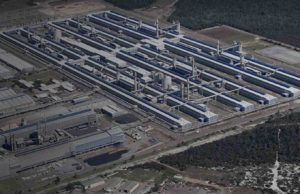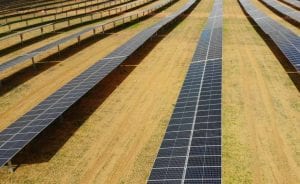Darebin City Council, in the inner northern suburbs of Melbourne, has launched a solar leasing program that allows pensioner households to install rooftop solar PV systems of up to 2kW for no upfront payment.
In what it bills as an Australian first, the program is aimed at up to 280 pensioner households, who will be able to install a 1.5kW or 2kW solar PV system, paying only a connection fee in their first bill after the system is connected.
The remaining costs of the solar system will be made via leasing payments that will be made as an addition to council rates over 10 years from July, 2015, around a year after installation. The 12 month delay in repayments will allow pensioners to benefit from lower electricity bills in the meantime.
The council estimates that such systems could cut electricity bills to pensioner households by $470 and $730 a year, depending on the size of the system and the pattern of electricity usage in the household.
It says the systems available through the program range in cost between $2,450 – $2,800 for a 1.5 kW system, and $2,800 – $3,350 for a 2kW system. Prices vary depending on the height of the house, and the angle and material of the roof.
The council has put aside $900,000 from its 2013/14 budget to fund the program. It expects other councils to follow suit, and mayor Tim Laurence said it would support low-income households and reduce the barriers of upfront cost.
A number of commercial operators have also entered the solar leasing market in Australia, although only a small percentage of rooftop arrays are funded this way, unlike in the US where more than two-thirds of systems are installed under leasing arrangements.
The Australian Renewable Energy Agency has said it will look at financing options to ensure that rooftop solar is available to low income households and rentals.
The federal government also has a “million solar roofs” program that it says will be targeted to lower income households, although it has not yet said how this policy will be deployed.
It would make sense that it occurred through the sort of financing that could be offered by the Clean Energy Finance Corp, or even ARENA, but finds itself tied up in its commitment to dismantle the CEFC and its criticism of loans and grants that would not be normally made on commercial terms.








